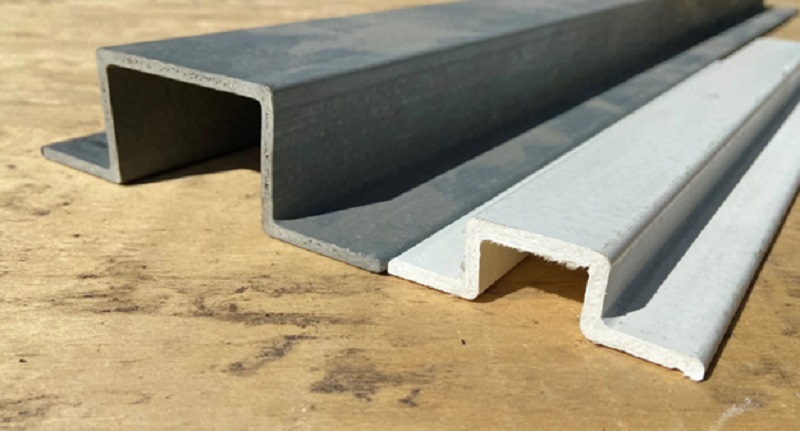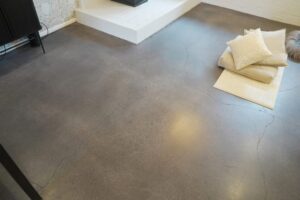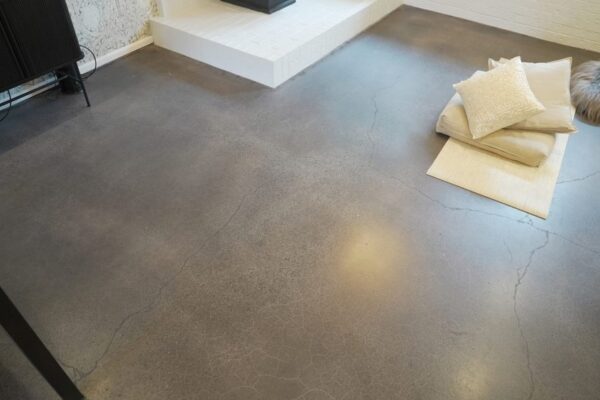Over the years, building and infrastructure industries across the country have gradually embraced materials that offer resilience, flexibility, and long-term savings. Among these, GRP (glass-reinforced plastic) has quietly established itself as an ideal choice for various structural and non-structural applications. GRP profiles in UK projects are now frequently found in both urban and rural developments, proving their worth in everything from architectural cladding to industrial platforms.
Unlike conventional construction materials that often come with weight, corrosion, or maintenance issues, GRP offers a balance of strength and lightness. As the demands of modern construction continue to evolve, professionals increasingly turn to these profiles due to their ability to resist extreme environmental conditions without losing structural integrity.
What Makes GRP Profiles a Reliable Choice?
One of the most striking characteristics of GRP is its adaptability. Whether used in commercial developments, transport infrastructure, or everyday public spaces, GRP profiles adjust seamlessly to the demands placed upon them. Their durability means fewer repairs and replacements over time, while their resistance to moisture and chemicals ensures longevity even in harsh environments.
GRP is non-conductive and fire-resistant, offering a degree of safety that many traditional materials cannot match. These features make it suitable for use in energy, utilities, and transport industries, sectors where reliability cannot be compromised. The success of GRP profiles in UK-based sectors speaks to the material’s capacity to meet diverse safety and performance standards.
How GRP Enhances Design Freedom and Practical Efficiency
Another reason why GRP has found such widespread use is its design versatility. The material can be easily moulded, coloured, and finished to suit different styles and settings. For architects and engineers, this means more creative freedom without compromising structural reliability. Whether the aim is aesthetic harmony or technical precision, GRP profiles offer a satisfying solution.
Installation processes also benefit significantly from the lightweight nature of GRP. Unlike steel or concrete, GRP sections can often be handled manually, reducing the need for large machinery or extended labour hours. This directly supports cost-effective project management, especially for smaller builds or time-sensitive refurbishments.
Common Applications Across Industries and Environments
From rail stations to water treatment plants, the presence of GRP profiles is becoming increasingly evident. Their resistance to corrosion makes them a preferred material for marine and coastal environments, where salt and moisture usually degrade traditional materials quickly. Similarly, in industrial settings that involve exposure to chemicals or high humidity, GRP remains unyielding.
Public infrastructure projects, such as pedestrian walkways, staircases, and fencing, also take advantage of GRP’s low maintenance requirements. Since it does not rust or rot, it requires minimal attention once installed—something that local authorities and facilities managers greatly appreciate.
In housing developments and commercial buildings, GRP is often used for façade elements, window surrounds, and roofing details. Its ability to be produced in a wide range of colours and finishes makes it ideal for blending with surrounding materials or creating a standout visual identity.
Looking Ahead—Sustainability, Longevity, and Smart Use
As environmental concerns push the construction industry to seek greener solutions, GRP continues to stand out due to its long service life and minimal maintenance needs. Although it is a synthetic material, its strength and weather resistance mean that it avoids the frequent replacement cycle seen with timber or metal components. This durability contributes to a reduction in waste and overall resource consumption.
In a landscape where both performance and responsibility matter, GRP profiles projects present a practical, forward-thinking option. They align with modern values—longevity, safety, and flexibility—while also responding to practical, on-the-ground challenges faced by those responsible for delivering successful builds.
Conclusion:
In today’s construction landscape, materials are expected to do more than just serve a function—they must also deliver long-term value, reduce environmental impact, and simplify complex processes. GRP profiles in UK developments do just that. With their unique mix of strength, design adaptability, and low maintenance, they continue to meet the demands of changing environments and expectations.
As the UK continues to reshape its built environment through urban regeneration, infrastructure expansion, and smart design, GRP is proving to be more than just a modern alternative. It’s becoming a dependable standard. From structural support to finishing detail, GRP profiles offer a consistent solution that works well across industries, scales, and climates.









